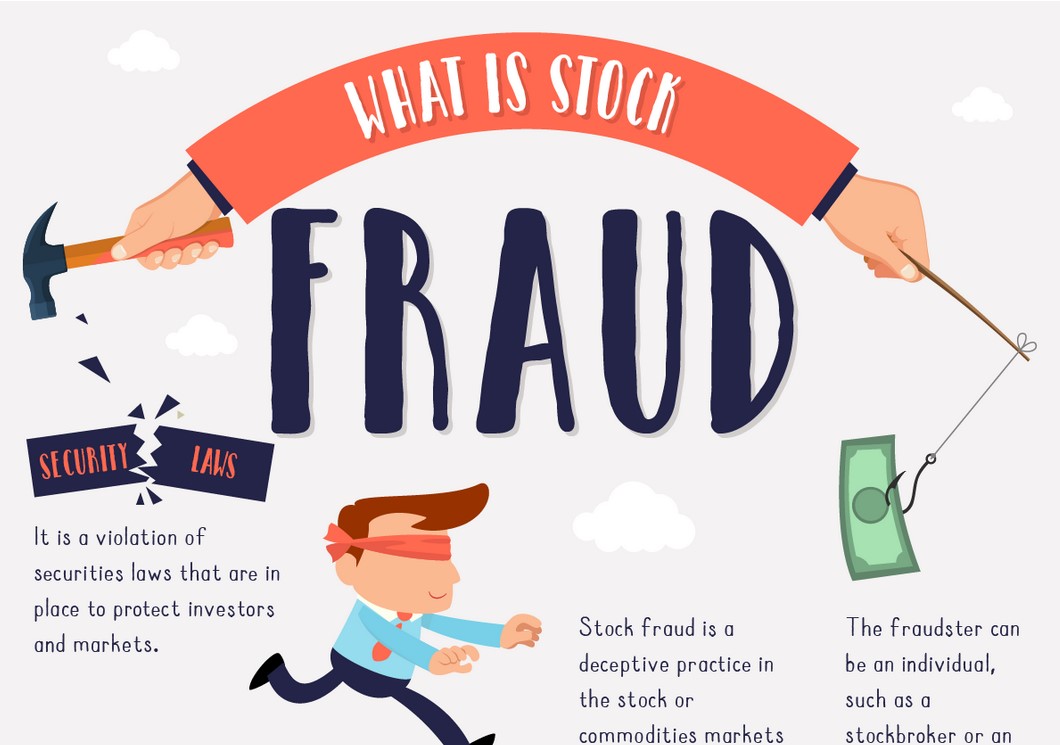Every investor out there is looking to get a nice return on their money.
That’s why claims about guaranteed returns or “can’t miss” opportunities can be extremely tempting when they appear. After all, many people have been grinding it out for years in the markets – and rightfully they may feel overdue for their big moment.
[timeless]
Q1 hedge fund letters, conference, scoops etc, Also read Lear Capital: Financial Products You Should Avoid?
But as always, opportunities that are too good to be true must pass the smell test. And most of the time, if you do your homework, they fail with flying colors.
Defining Stock Fraud
Today’s infographic comes to us from StocksToTrade and it highlights stock fraud, which can be described as a violation of security law that occurs when a fraudster compels an investor to buy or sell based on false information.
Importantly, there are many different varieties of stock fraud to recognize, and they all have distinct characteristics that make them unique:
Corporate Fraud
Using “dummy” corporations to create the illusion of representing a corporation with a similar name. Investors are then misled to buy shares in the dummy corporation, rather than the real thing.
Boiler Rooms
High-pressure selling technique used to peddle shares in speculative or fraudulent securities on the phone.
Pump and Dump
False and/or fraudulent information spread to increase the price of a thinly traded stock. When the stock hits a target price, the dumper sells to rake in substantial profits. Those left holding the stock are stuck and must sell at a loss.
Insider Trading
When a security is illegally traded based on material, non-public information.
Short and Distort
Similar to a pump and dump, this involves the spread of rumors or false information to profit from short-selling a stock.
Ponzi Scheme
A type of pyramid scheme where money from new investors provides the return for old investors.
Prime Bank
These are scams where fraudsters claim that funds will be used to buy bank instruments that don’t exist.
Accounting Fraud
Management intentionally manipulates accounting policies or estimates to improve financial statements. It could involve overstating revenues, understating expenses, overstating corporate assets, or understating existing liabilities.
How to Avoid Stock Fraud
How can these potential scams be avoided?
For starters, make sure you take time to do your own independent research on any security you buy. If something seems like it is overly complex, rushed, or if important information seems to be omitted, there is likely a reason for this. In a similar vein, Warren Buffett wisely advocates that a business should be simple and easy to understand, or he won’t invest in it.
Further, it’s worth researching the salesperson touting the investment before making any decisions. Records from securities regulators are often one Google search away – and any disciplinary history should be known before proceeding with any transaction.
Article by Jeff Desjardins, Visual Capitalist


